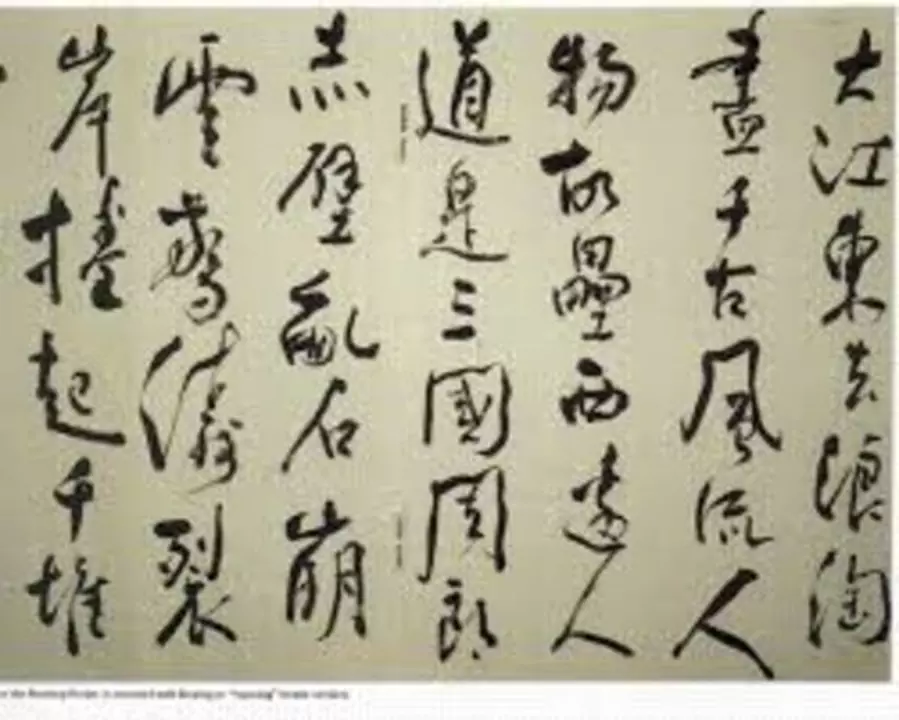Origin: Why knowing where things begin helps you now
People talk about trends and tools like they fell from the sky. But knowing an origin—how a news model started, why a bank acts secretive, or how a business began—gives you an edge. This tag gathers short, useful origin stories that explain why things look and work the way they do today.
Want a quick example? Many news sites now charge subscriptions because ad revenue fell and readers proved willing to pay for quality. That origin explains why paywalls exist, why some outlets focus on deep reporting, and why smaller sites try other revenue tricks.
Origins you can use
Understanding origins helps with real decisions. If you know how financial news sites like Bloomberg became leaders, you’ll pick where to read market updates. If you see why people prefer apps like Google News or Flipboard, you’ll choose the app that fits how you read. Origins show the path from problem to solution, not just the shiny result.
Take investing. Someone wondering if 34 is too late for crypto will feel different after a short origin: crypto grew from a niche tech experiment into mainstream finance over a decade. That timeline changes expectations about volatility, research needs, and how to start slowly with clear steps instead of gambling.
Another useful origin is business models. Many web-based businesses in India started by solving payment, hosting, or local delivery problems. Knowing that helps entrepreneurs pick services that already solved specific hurdles, instead of repeating work others already did.
How to read an origin story fast
Look for three things: the initial problem, the early solution, and the turning point. For example, central banking secrecy started as a mix of political control and a need to prevent panic. That origin explains why central banks still act carefully and why their moves can feel opaque to outsiders.
For practical tips: if you’re choosing a news source, check its origin—was it built as an investigative outlet or as a fast-traffic aggregator? For stocks and finance, ask whether a publication focuses on analysis or breaking prices. For small business ideas, find the origin problem the business solved and see if that problem exists in your area.
Origin stories aren’t nostalgia. They’re tools. They reduce guesswork, sharpen research, and help you avoid repeating old mistakes. On this tag, you’ll find clear origin pieces about news sites, financial outlets, apps, and business models—short reads that give you useful context fast.
If you want specific origin posts, scan the list here for topics like why news went paid, which finance sites lead, where crypto came from, or how local businesses started. Each post focuses on the key facts and practical takeaways, so you leave knowing what happened and what to do next.

Where did the Chinese system of writing come from?
The Chinese system of writing is one of the oldest writing systems known to man, with roots going back to the Shang Dynasty (1600-1046 BC). It is a logographic writing system, meaning that each character represents a word or an idea, rather than a single sound. This system of writing has been passed down through generations and is still in use today. It is considered one of the most complex writing systems in history and is composed of thousands of characters. Chinese writing has had a profound influence on other writing systems in East Asia, and its influence continues to be felt in modern times.